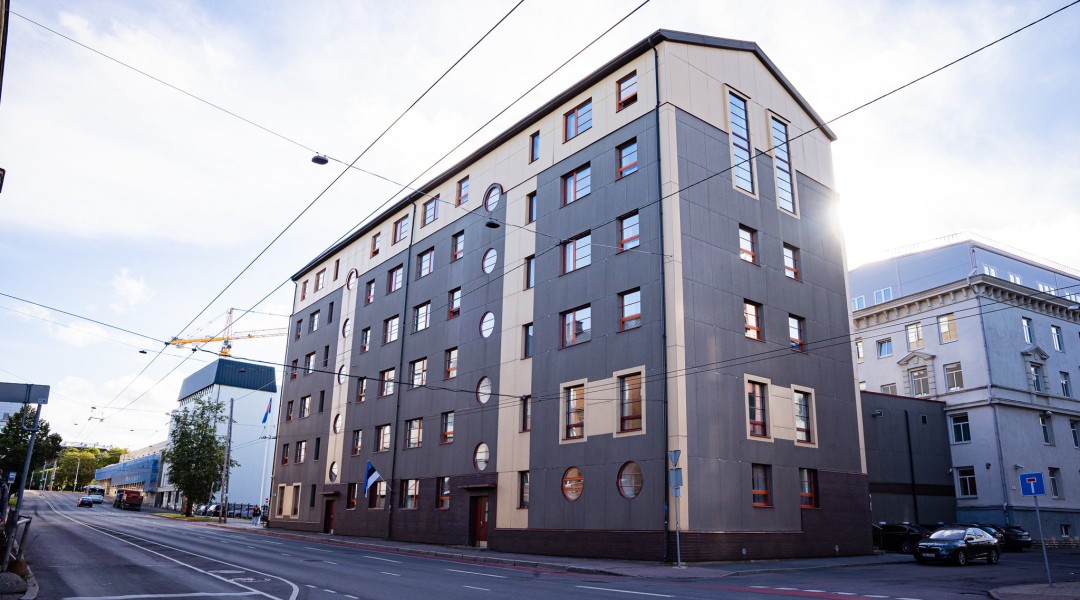‘We consider it important that Ukrainian students who have arrived in Estonia have equal opportunities within our education system, alongside local children and young people. Estonian-language education also enables Ukrainian youth to make broader choices for further studies,’ explained Henry Kattago, Deputy Secretary General of the Ministry and added: ‘In this process, emphasis must be placed on supporting Estonian language learning as well as teaching Ukrainian language and culture. It is important that children returning to Ukraine are able to continue their education smoothly in the Ukrainian education system.’
The Freedom School was established by the state in 2022 for students in grades 7 to 12 from Ukraine. At the school, 40 percent of instruction is in Ukrainian and 60 percent in Estonian. There are currently more than 500 young people studying at the school. In the next few years, the teaching activities at the Freedom School are planned to be reorganised. From the 2025/2026 academic year, admission to grade 7 will cease, followed in subsequent years by grades 8 and 9. Current students at the Freedom School will be able to continue their studies under existing conditions until graduation. After completing basic school, they will have the option to apply to the same or another secondary school in Estonia.
In Estonia, basic schools are generally run by local governments, and, in the future, students from Ukraine in grades 7 to 9 will be accommodated in local government-run basic schools. The Ministry has begun discussions on the planned changes with the City of Tallinn, the Ukrainian community and the Freedom School family.
A total of 9,020 children from Ukraine are registered in general education in the Estonian educational information system. Of these, 5,635 are in basic schools, 484 in secondary schools and 860 in vocational schools.
Both the state and local governments have created opportunities for teaching Ukrainian language and culture in educational institutions. In primary school, two hours per week can be dedicated to learning their mother tongue and culture as a foreign language A, and in stage 3 of basic school, the foreign language B can be replaced with Ukrainian. In addition, schools have the option to support students’ mother tongue learning, adapt learning content, processes, and environment, form remedial teaching and level groups, and involve support specialists and assistant teachers. Schools can also apply for additional support to provide language learning support for students.
In the future, Tõnismäe State Gymnasium will also focus more on supporting young people from Ukraine in collaboration with the Freedom School. From the 2025/26 academic year, intensive language learning groups will be created in collaboration between the Freedom School and Tõnismäe State Gymnasium to support Ukrainian students’ integration and language skills, helping recent basic school graduates prepare for applications to their chosen secondary schools or vocational schools. In the longer term, a new curriculum will be developed at the gymnasium for newly arrived immigrants, where the knowledge gained from the experience of the Freedom School will be applied for the benefit of young people coming to Estonia from Ukraine and elsewhere. The experience of the Freedom School will also be applied at the new Mustakivi State Gymnasium in Lasnamäe to ensure that students who do not speak Estonian as their mother tongue can quickly adapt to the Estonian curriculum.
The aim is for all Estonian secondary school students to graduate under the national curriculum and receive the support they need to complete it.
